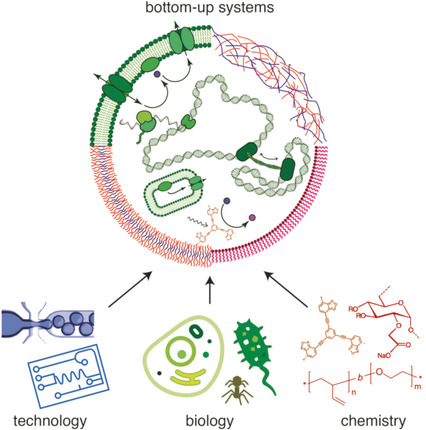Light controlled synthetic biology
Synthetic cells are intricate systems constructed from molecular building blocks, replicating cell-like functions. Within cells, various processes such as cell migration, multicellularity, and cell-to-cell communication necessitate precise spatiotemporal control of reactions and interactions among diverse minimal synthetic cells and other interfaces. In our research, our objective is to emulate these dynamics using photoswitchable protein interactions and achieve emergent behaviour accordingly. The distinctive properties of these interactions empower us to autonomously organize complex communities of synthetic cells, orchestrate communication between these cells, initiate dynamic events such as uptake, migration, and fusion, and establish consortia of synthetic cells where distinct members contribute diverse functionalities.


